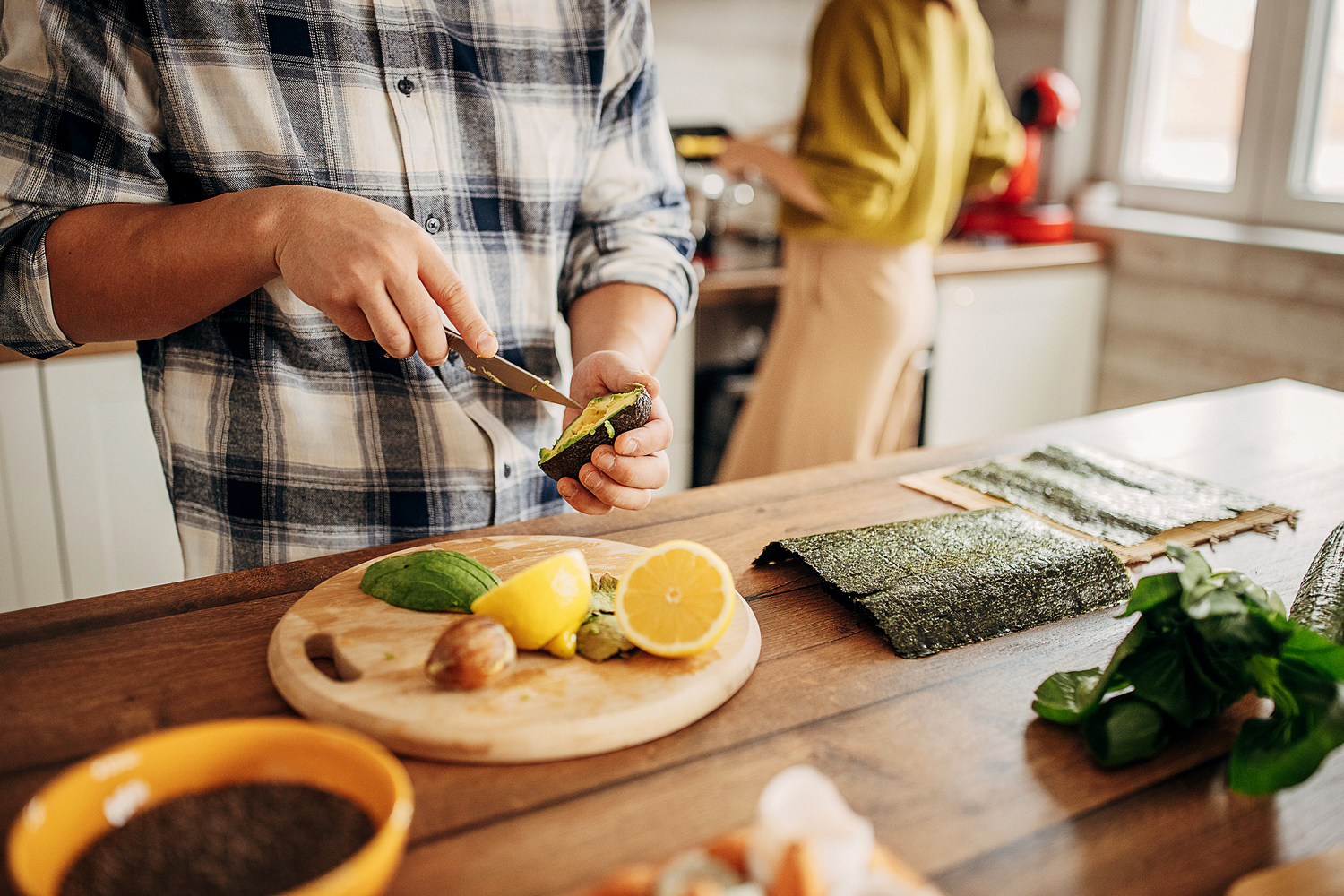Every professional chef knows that the integrity of your cutting board is essential for a smooth culinary experience. Therefore, understanding how to keep cutting board from warping is a skill every kitchen professional should master.
Wooden and plastic cutting boards are popular choices in both commercial and home kitchens. However, they can easily warp under inappropriate care conditions. This guide delves into practical tips that are not only life-changing for your kitchen but also essential for maintaining your tools.
:max_bytes(150000):strip_icc()/prevent-cutting-board-slipping-1123-c9837c7f958745b792c2b115c7d7bccd.jpg)
Your Cutting Board Care Guide
To ensure that your cutting board stays in pristine condition, it's vital to understand the factors contributing to warping. Let's dive into the shocking realities behind cutting board maintenance and explore the best practices to avoid warping.
The Role of Material in Warping
Different materials respond differently to moisture and heat. Understanding the characteristics of your cutting board materialbe it wood or plasticwill help in its maintenance.
Wooden Boards
Wood is a beautiful, durable material; however, its porous nature makes it susceptible to moisture absorption. Avoid soaking wooden boards in water or putting them in the dishwasher, as this can lead to bending and warping over time.
Plastic Boards
Plastic boards are more forgiving in terms of washing but can warp if exposed to high temperatures. Always ensure they are cleaned at temperature specifications provided by the manufacturer.
Regular Cleaning and Oiling Practices
Maintenance goes a long way in extending the life of your cutting board. Here are some unmissable maintenance tips:
- Clean your cutting board after each use with a mild soap solution.
- Never leave your cutting board submerged in water.
- Periodically apply food-safe mineral oil to your wooden boards to nourish and seal the material.
For more detailed maintenance practices, you may refer to this cutting board hygiene guide.
Preventing Excessive Moisture Exposure
Moisture is the enemy of any cutting board. Here are a few tips on how to keep your cutting board dry:
- Store your cutting board in a well-ventilated area.
- Avoid leaving your board near the sink or in areas where it might be exposed to splashes.
Choosing the Right Cutting Board Size
As a kitchen professional, youre likely using your boards frequently. Choosing the right size is vital.
- Large boards allow for easy movement without excessive force.
- Smaller boards are portable but can become damaged through misuse.
Storing Your Cutting Board Correctly
Proper storage can contribute immensely to preventing warping. Here are some terrific tips:
- Keep your cutting board flat, rather than leaning it against a wall.
- Consider a vertical rack designed to hold cutting boards.
Signs of Warping and How to Respond
If you notice your cutting board beginning to warp, you can sometimes restore it:
- Soak the board in warm water for a short time and then let it dry in a flat position.
- Lightly sand away uneven edges to help it return to its original form.
Conclusion
Learning how to keep cutting board from warping is indeed critical for any kitchen professional. By implementing these tips, you can ensure your cutting board remains in shape for years to come!
For further insights on cutting board care, check out this informative article on cutting board maintenance.

FAQs
What types of cutting boards are least likely to warp?
Plastic cutting boards tend to be less susceptible to warping compared to wooden boards, especially if they are maintained properly.
How often should I oil my wooden cutting board?
It's generally best to oil your wooden cutting board every 3-4 weeks, depending on how frequently it is used.
Can I rescue a severely warped cutting board?
In some cases, you can restore a severely warped cutting board through a warm water soak, followed by proper storage techniques and sanding, but results can vary.
As an Amazon Associate, I earn from qualifying purchases.


























